Factfile: Cricket | Physical Education for Year 6 PDF Download
Cricket - An Overview and History of the Sport
Overview
Cricket is a dynamic sport blending strategy, skill, and athletic prowess. It involves two teams of 11 players, where a bowler delivers a ball toward a batsman aiming to hit it. This straightforward concept gives rise to a variety of tactics, techniques, and strategies for success. The sport is played in multiple formats, including the traditional five-day Test match, one-day games, or the fast-paced Twenty format, catering to both competitive and recreational players.
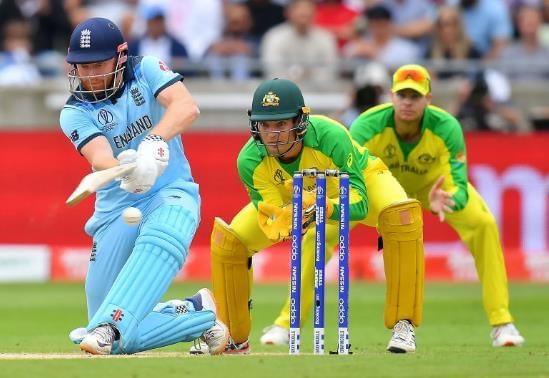
History
Cricket likely originated during the Dark Ages, evolving by the Tudor period into a form resembling the modern game, primarily played in regions like Kent, Sussex, and Surrey. While the game existed in various forms for centuries, the Marylebone Cricket Club (MCC) formalized its rules in 1788, establishing standards for the bat, ball, wicket size, pitch measurements, overs, and ways a batsman could be dismissed.
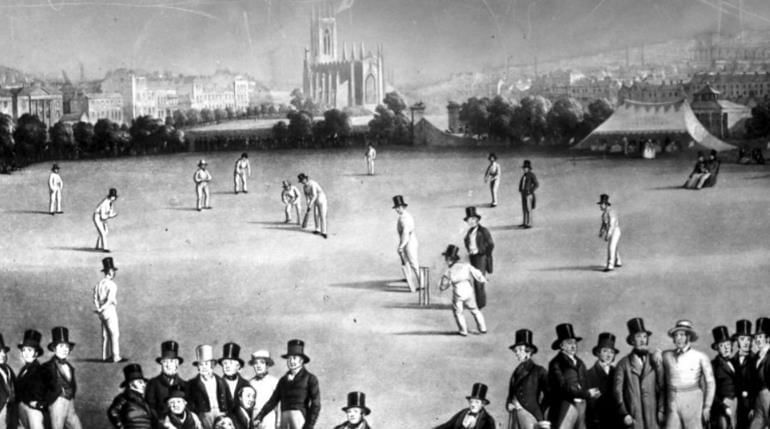 Located at Lord’s Cricket Ground, the MCC is regarded as the "home of cricket" and continues to oversee the sport’s laws, periodically updating them.
Located at Lord’s Cricket Ground, the MCC is regarded as the "home of cricket" and continues to oversee the sport’s laws, periodically updating them.
Cricket Player Positions and Playing Area
Playing Area

Cricket is typically played on a large, grassy field shaped as a circle or oval, with no fixed dimensions but generally measuring 137 m (450 ft) to 150 m (500 ft) in diameter. Unlike most sports, professional cricket grounds vary in shape, ranging from circular to elongated ovals.
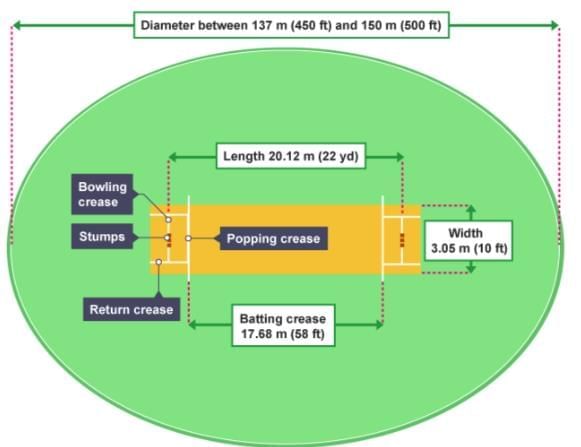
At the center lies the pitch, a meticulously maintained strip critical to the game, as its condition can influence match outcomes. While the ground size is flexible, the pitch adheres to precise measurements:
- Popping Crease: The bowler must have part of their foot behind this line during delivery, or the umpire will call a "no ball."
- Bowling Crease: The pitch measures 20.12 m (22 yards or 1 chain) long, defined by the distance between the two bowling creases, and is 3.05 m (10 ft) wide.
- Wicket: Positioned on each bowling crease, a wicket consists of three wooden stumps topped with two wooden bails, which rest in grooves. The bails must be dislodged to dismiss a batsman by bowling.
- Stumps: Named based on their position when viewed from the front, the left stump is the off stump, the middle is the middle stump, and the right is the leg stump.
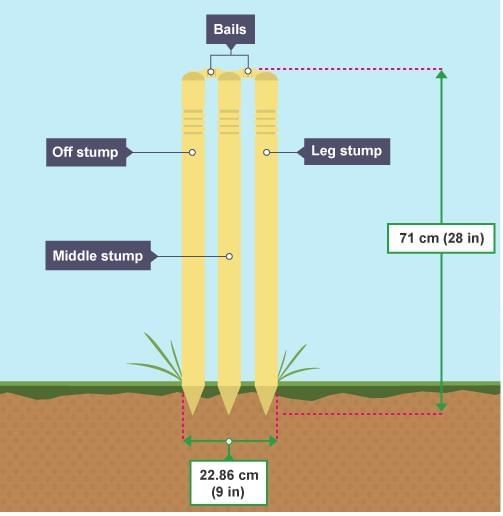
Players
Each cricket team comprises 11 players, with one team batting while the other fields. A distinctive feature of cricket is the fielding captain’s full authority to position their players. There are 35 possible fielding positions, which the captain can strategically deploy to prevent the batsman from scoring or to get them out.
The fielding positions are:
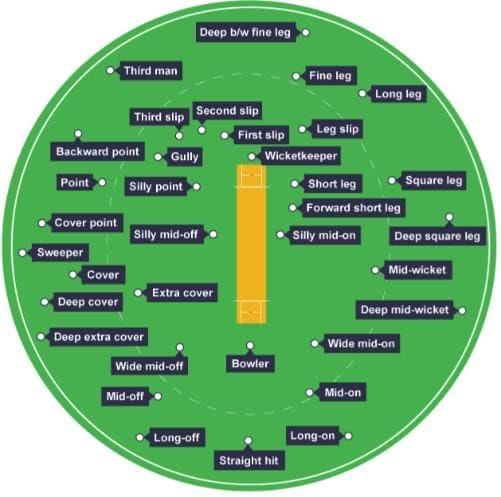
Cricket Scoring, Rules, and Officials
The match starts with a coin toss, where the winning captain chooses whether to bat or field first. At the outset, the fielding team is strategically positioned around the field, while the two batsmen take their places at opposite ends of the pitch.
Each designated period during which a team bats is called an innings.
The bowler delivers the first ball overarm to the batsman "on strike," aiming for the stumps. If the batsman chooses not to hit the ball or misses it, the wicketkeeper from the fielding team typically collects it.
If the batsman hits the ball, the two batsmen decide whether to run to the opposite end or stay in place. If the ball is struck well and crosses the boundary line, four runs are scored; if it clears the boundary without bouncing, six runs are awarded.
Each over consists of six deliveries by the bowler, with additional deliveries added if the umpire calls a no ball or wide.
When a batsman is dismissed ("out"), they return to the pavilion, and the next batsman takes their place. The teams switch roles—batting to fielding or vice versa—when 10 of the 11 batsmen are out, a predetermined number of overs are completed, or the batting captain chooses to declare, voluntarily ending their team’s innings.
Scoring
The batting team’s goal is to accumulate as many runs as possible during their innings. A run is scored when the batsman hits the ball and both batsmen run to the opposite end of the pitch, touching the ground behind the popping crease with their bat or body. If the fielding team hasn’t retrieved the ball, batsmen may run back for additional runs. Alternatively, runs are awarded automatically if the ball crosses the boundary line (four runs) or clears it without bouncing (six runs).
Rules
The team with the most runs wins, though a draw is possible if both teams score equally.
Key rules include:
- Each team has 11 players, alternating between batting and fielding.
- The bowler delivers the ball overarm toward the stumps at either end of the 22-yard wicket, without throwing it.
- A batsman is out if the bowler dislodges the bails from the stumps.
- A batsman is out if a fielder or wicketkeeper catches the ball directly off the bat before it touches the ground.
- A batsman is out via leg before wicket (LBW) if the umpire deems the ball would have hit the stumps but was blocked by the batsman’s pads.
- A batsman is run out if they fail to reach the popping crease before the fielding team dislodges the bails during a run.
- A batsman is out if the wicketkeeper stumps them or if they accidentally knock over their own stumps while playing or avoiding a delivery.
- Less common dismissals include obstructing a fielder attempting a catch or run-out.
- An innings ends when 10 of the 11 batsmen are dismissed, after which teams switch roles. Competitive matches may involve one or two innings per team.
Officials
Two umpires officiate competitive cricket matches, enforcing MCC laws by ruling on:
- No balls
- Wides
- Byes
- Leg byes
- Boundaries
One umpire stands behind the stumps at the bowler’s end, deciding on LBW appeals, no balls, wides, and leg byes. The other stands at square leg, adjudicating on stumpings and run-outs. Umpires switch positions after each over.
FAQs on Factfile: Cricket - Physical Education for Year 6
| 1. What is the origin of cricket and how has it evolved over time? |  |
| 2. What are the different player positions in cricket and their roles? |  |
| 3. How is scoring done in cricket and what are the basic rules? |  |
| 4. What are the roles of officials in a cricket match? |  |
| 5. What are the key differences between Test cricket, One Day Internationals, and T20 matches? |  |















